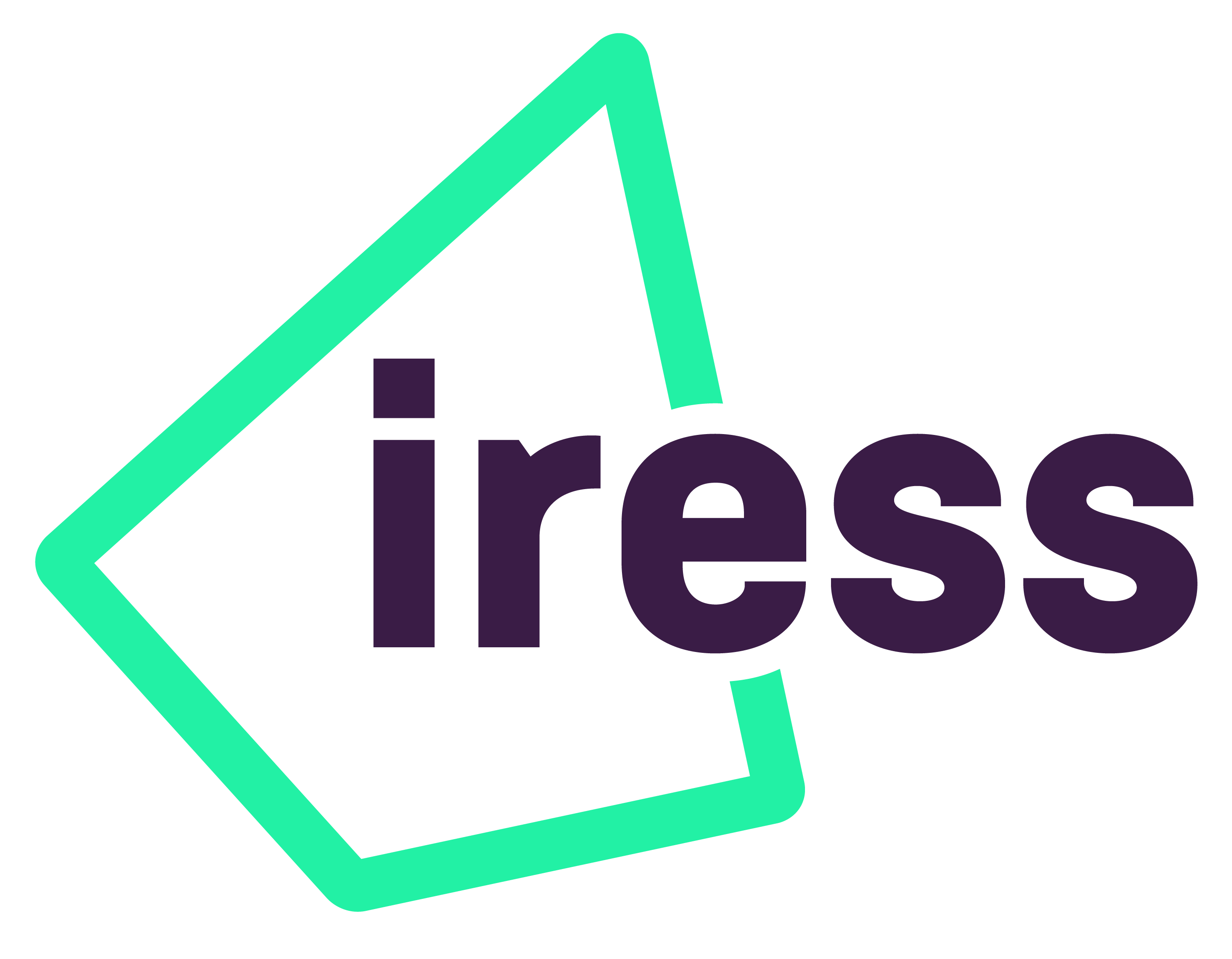Creating a digital ecosystem for more efficient advice
Promoted by Iress

If you’re serious about taking charge of your data and your relationships with your clients, a tech-first operating model—with an open ecosystem—is a vital step.
- A
- A
- A

Automation, efficiency and effectiveness are already a major focus for the financial advice industry, but there is plenty of room for growth.
Building a digital ecosystem can improve internal business processes while lowering costs. Open systems and capabilities present the opportunity to increase levels of straight-through processing, reduce risk from manual handling, and allow financial advice practices to concentrate on building relationships and servicing clients, rather than having people tied up with traditional administration duties.
There’s a core range of technology that a financial planning business will need as part of its digital ecosystem to operate effectively. At the core of that ecosystem will be financial planning software such as Xplan or Xplan Model Office, which acts as a central source of truth. Branching out from that might be insurance research and comparison software such as Risk Researcher, alongside a secure Client Portal to connect, communicate and engage with clients, utilising digital signature and document sharing tools.
There might also be retirement and investment planning comparison tools such as Xplan WealthSolver, or calculators and scenario modelers like Xplan Advice Tools.
Whatever the set up, it’s key to ensure that your ecosystem enables choice and flexibility around how you can integrate your financial advice software with complementary applications.
Different types of integrations
At Iress, there are two types of integrations - standard and custom.
Standard integrations enable you to connect Xplan easily and directly to a third-party application through a digital onboarding process. There is no downtime or upgrade needed. A real benefit of the standard integration is that system administrators at your practice can enable them on your Xplan site using the Iress Open menu. There is no additional paperwork required, and the terms are stored electronically.
Custom integrations are a little different. They involve working closely with third-party software providers to develop and embed functionality within Iress software. We have a rich history of building custom integrations with small to large technology providers including Microsoft, Google Maps and FujiXerox.
Globally, Xplan integrates with more than 450 third-party systems providing Xplan users with additional functionality across six key categories including fully embedded integrations with providers such as Microsoft, alongside practice management tools, gateways for payments and messaging, investment and insurance product information and research, electronic applications and datafeeds.
What’s on the hotlist?
Some of the most popular integrations to Xplan we see amongst independent financial advisers are our custom datafeeds. Datafeeds are an efficient way to import client data—administered by third-party data vendors into your Xplan site. We have arrangements with hundreds of third-party data providers globally such as stockbrokers, asset or fund managers, investment platforms/wraps and insurance companies.
Datafeeds help advisers save time and manage portfolios & insurance policies with greater efficiency. Without them - advisers have to view every different product provider individually to see how investments are performing. But with them, no longer do you or your team need to spend hours of time doing this and then manually entering investment transactions. With datafeeds, the transactional information flows directly into a client’s portfolio from the product provider. This in turn can funnel through into Client Portal, so that your end client has full visibility in real time of how their portfolio is performing. Datafeeds also enable easier reporting, such as performance reporting and portfolio evaluation.
Creating a digital ecosystem
At Iress, we approach digital ecosystems with a focus on being open. This means providing advisers with more choice and flexibility around the applications they wish to integrate with. Practices should be free to research the most appropriate technology, with agile integration, and tailor it to meet their specific business and client needs.
A typical digital ecosystem that we recommend for independent financial advisers would include Xplan at the core, to help manage clients and generate advice. Having Xplan at the centre of an ecosystem will not only create efficiency but also maintain robust compliance practices. On top of this, advisers can add Client Portal, video conferencing apps and digital signature integrations to support client engagement, along with calendar tools such as Outlook where notes can be saved directly into Xplan.
An ecosystem must consider connectivity - no business, software, or person can survive without being connected. It must also focus on data, and enable you to connect data silos regardless of whether the data is managed elsewhere. In the post-Royal Commission landscape—the ability to push and pull data across multiple systems has become more important than ever.
If you’re serious about taking charge of both your data and your relationships with your clients, a tech-first operating model—with an open, digital ecosystem—is a vital next step.
Whatever your ecosystem strategy, our Practice Solutions team is here to guide you through your software options to best suit your needs.

Author
Kelli Willmer, Manager - Practice Solutions at Iress
To learn more about how to make your practice more efficient and tech-friendly, tune in to this episode of The ifa Show podcast with Sarah Kendall and Kelli Willmer.
Subscribe to 
Never miss the stories that impact the industry.





